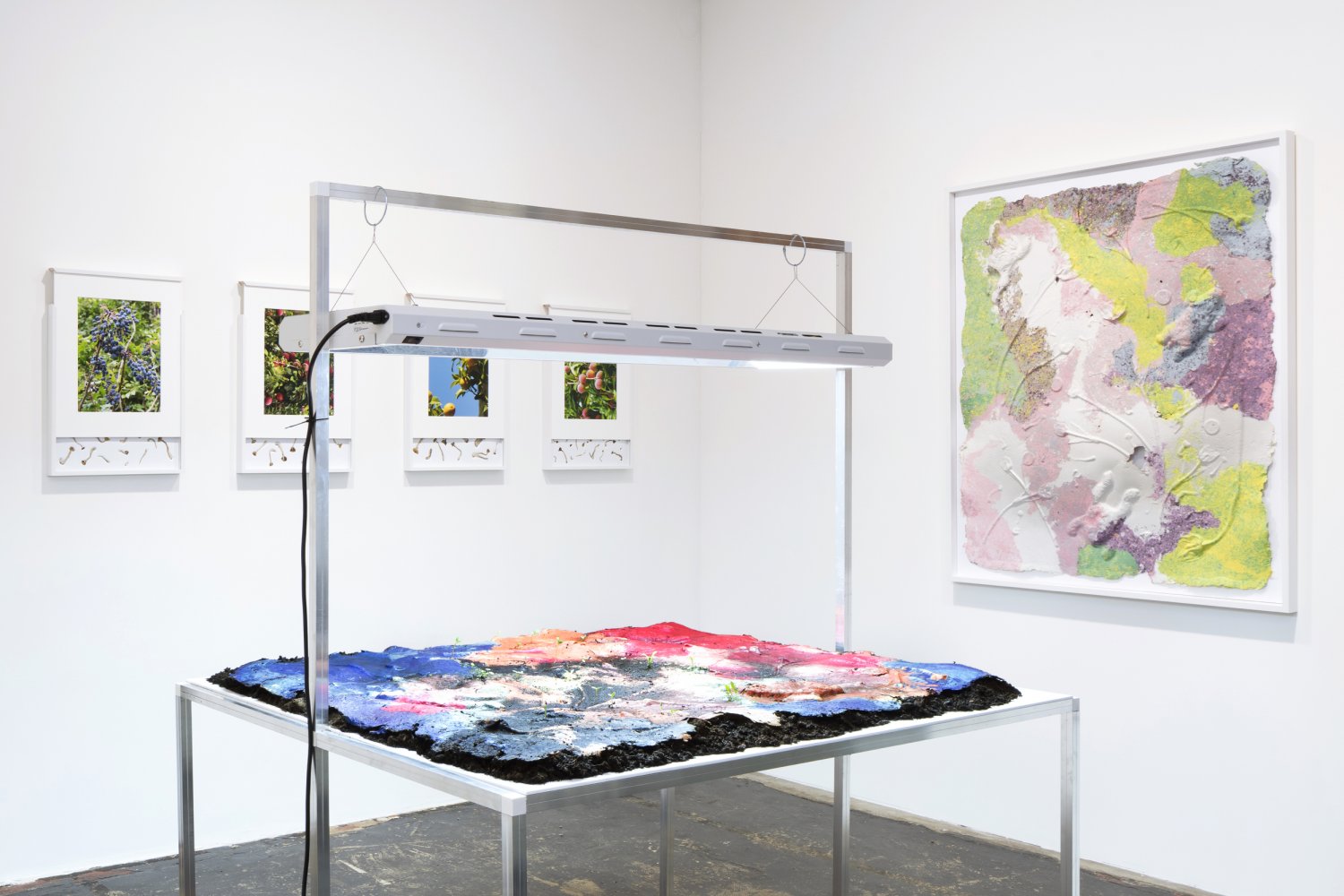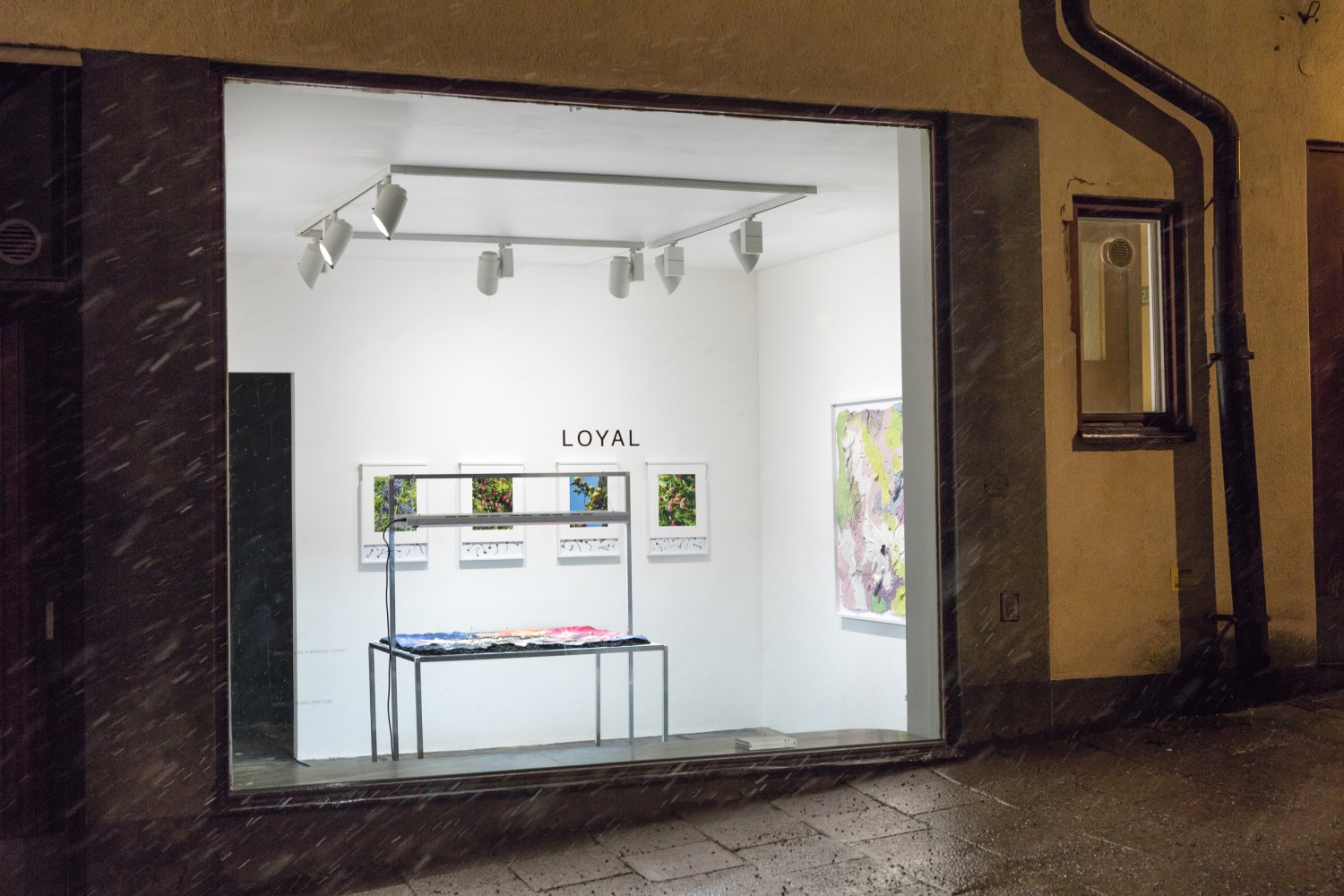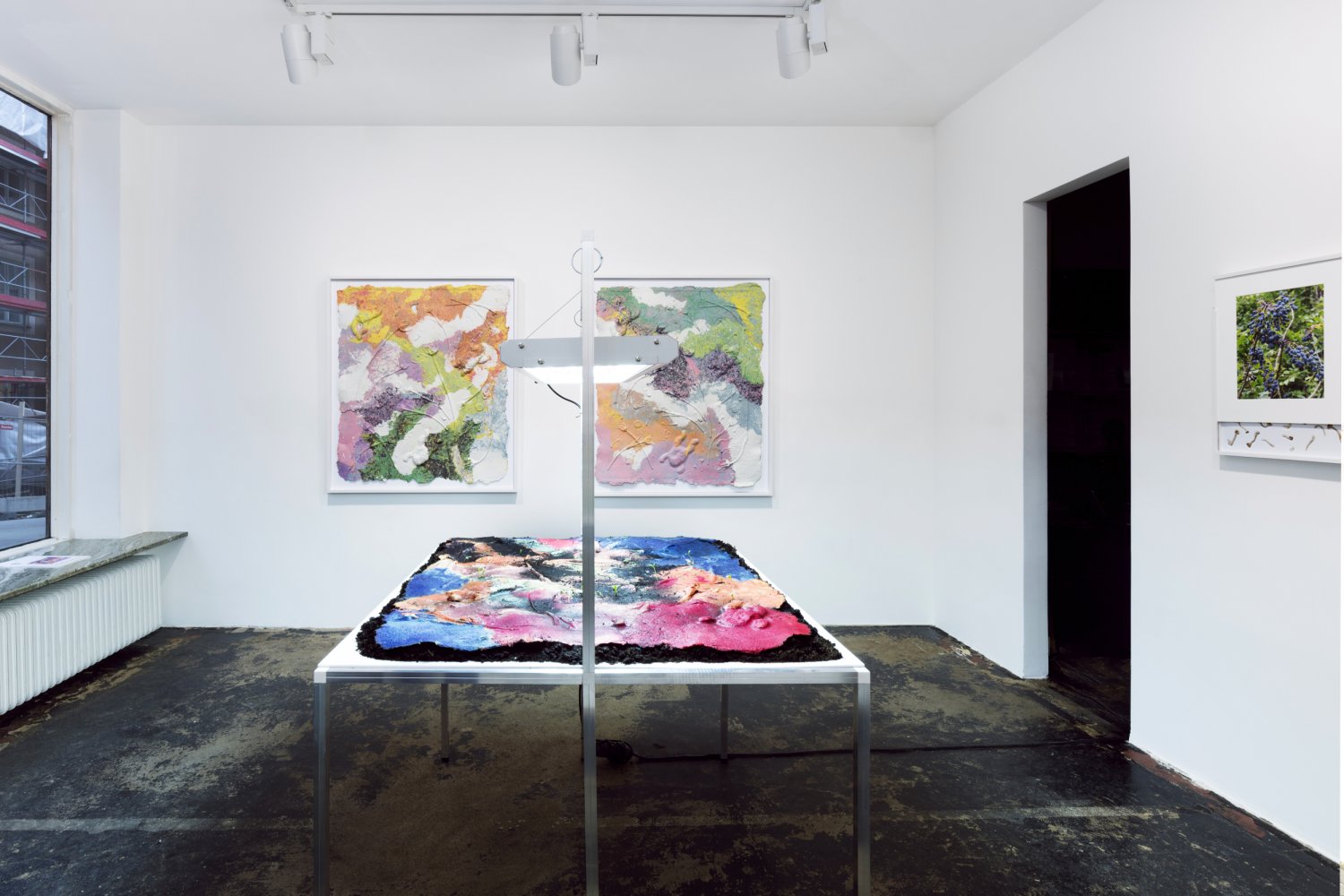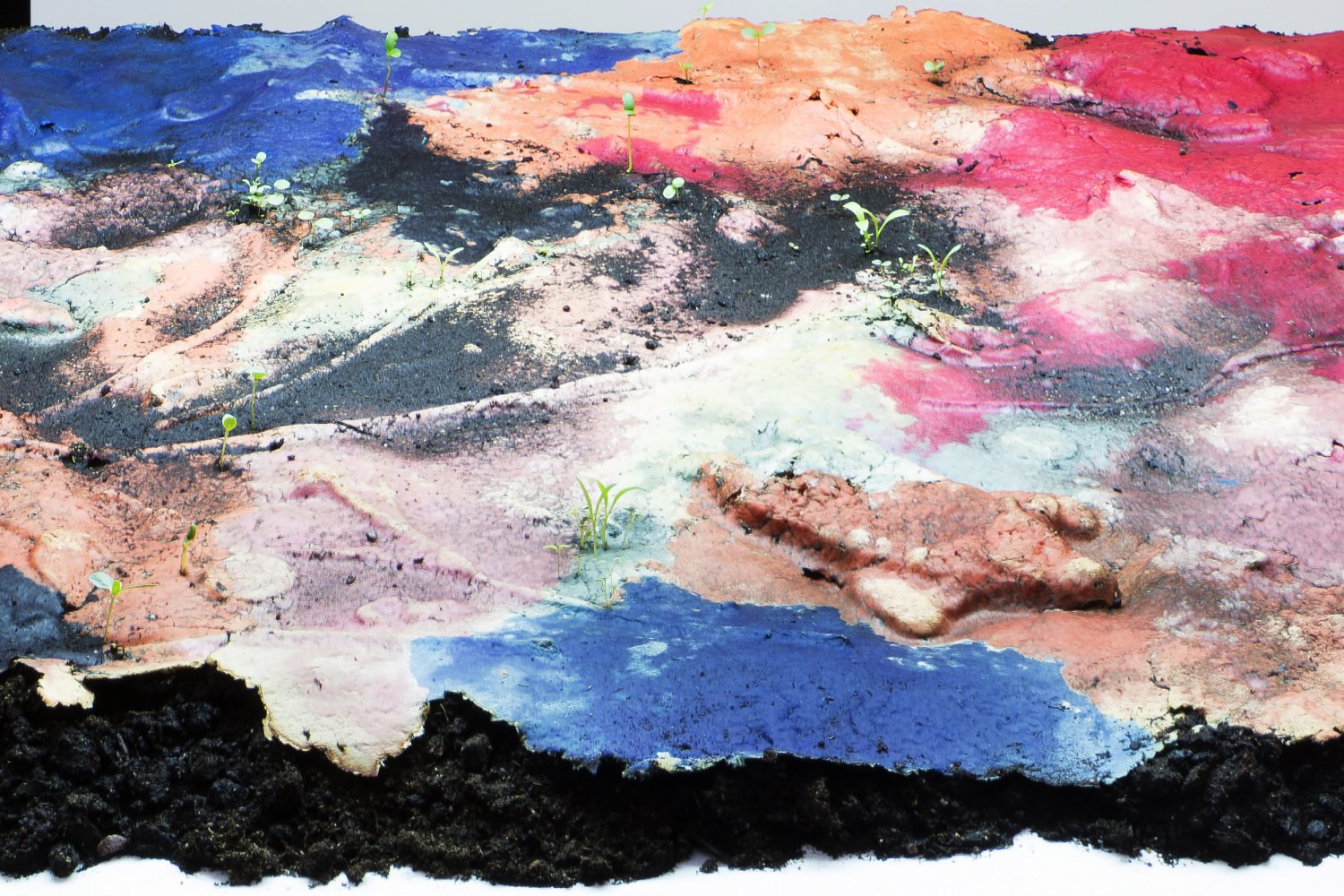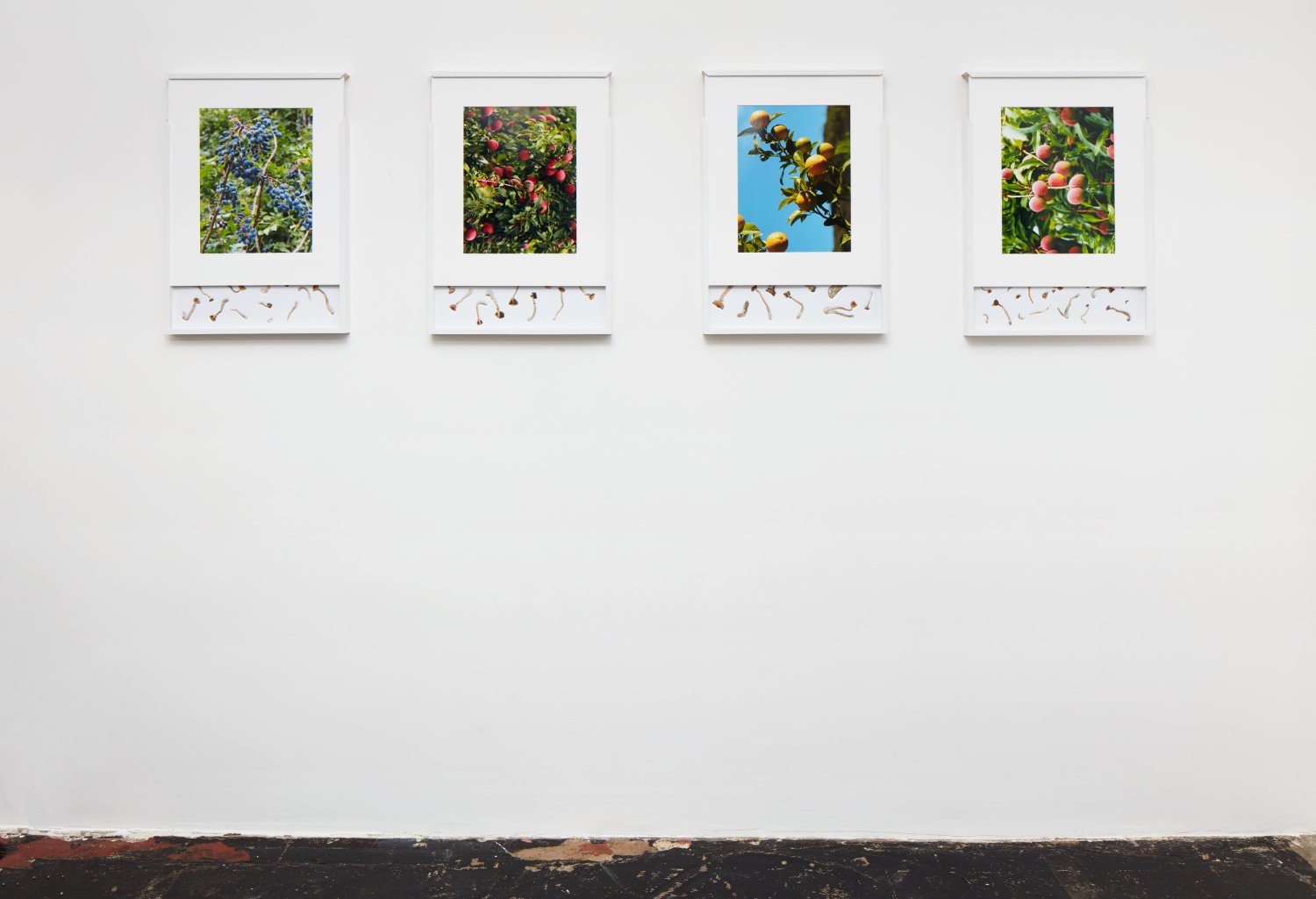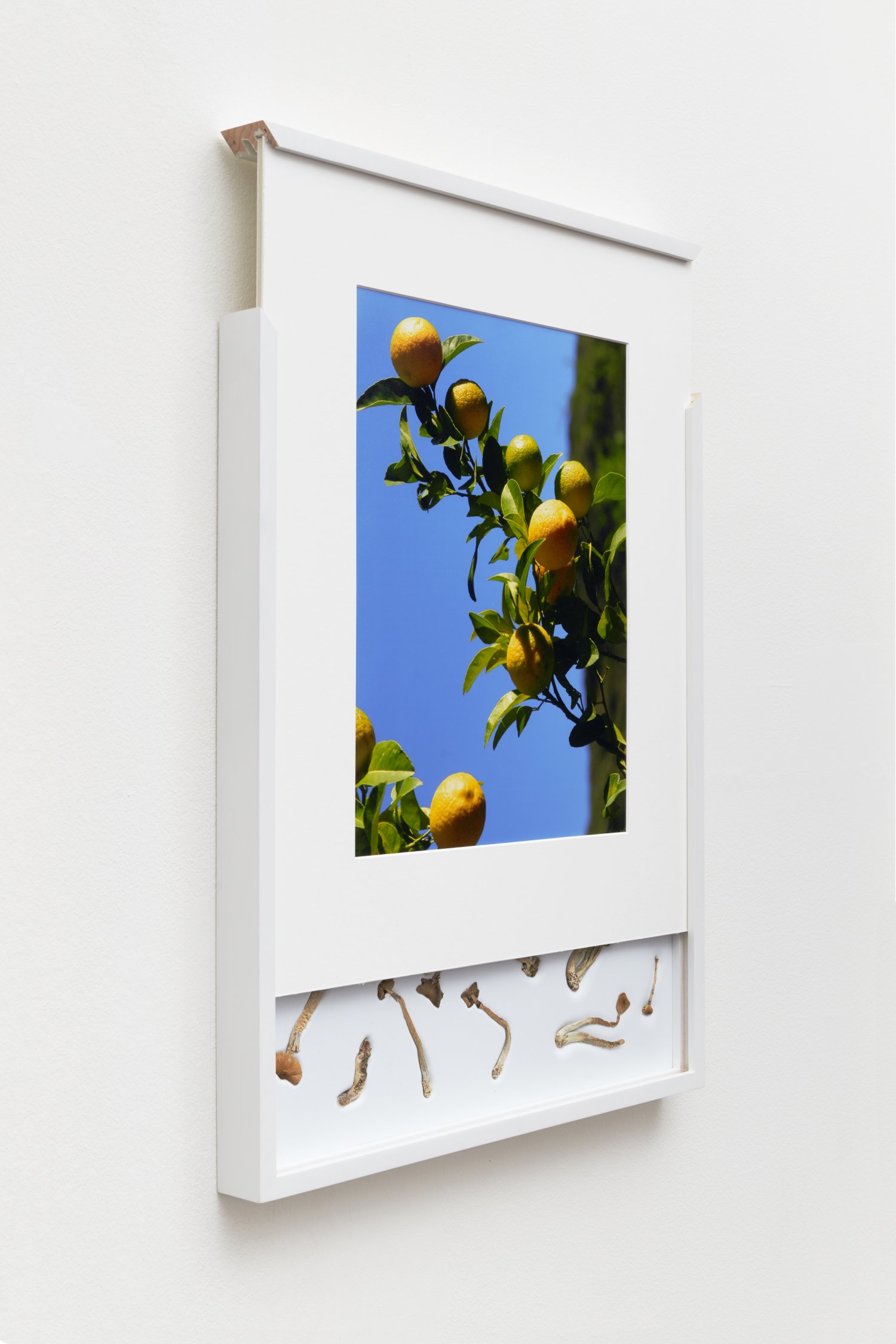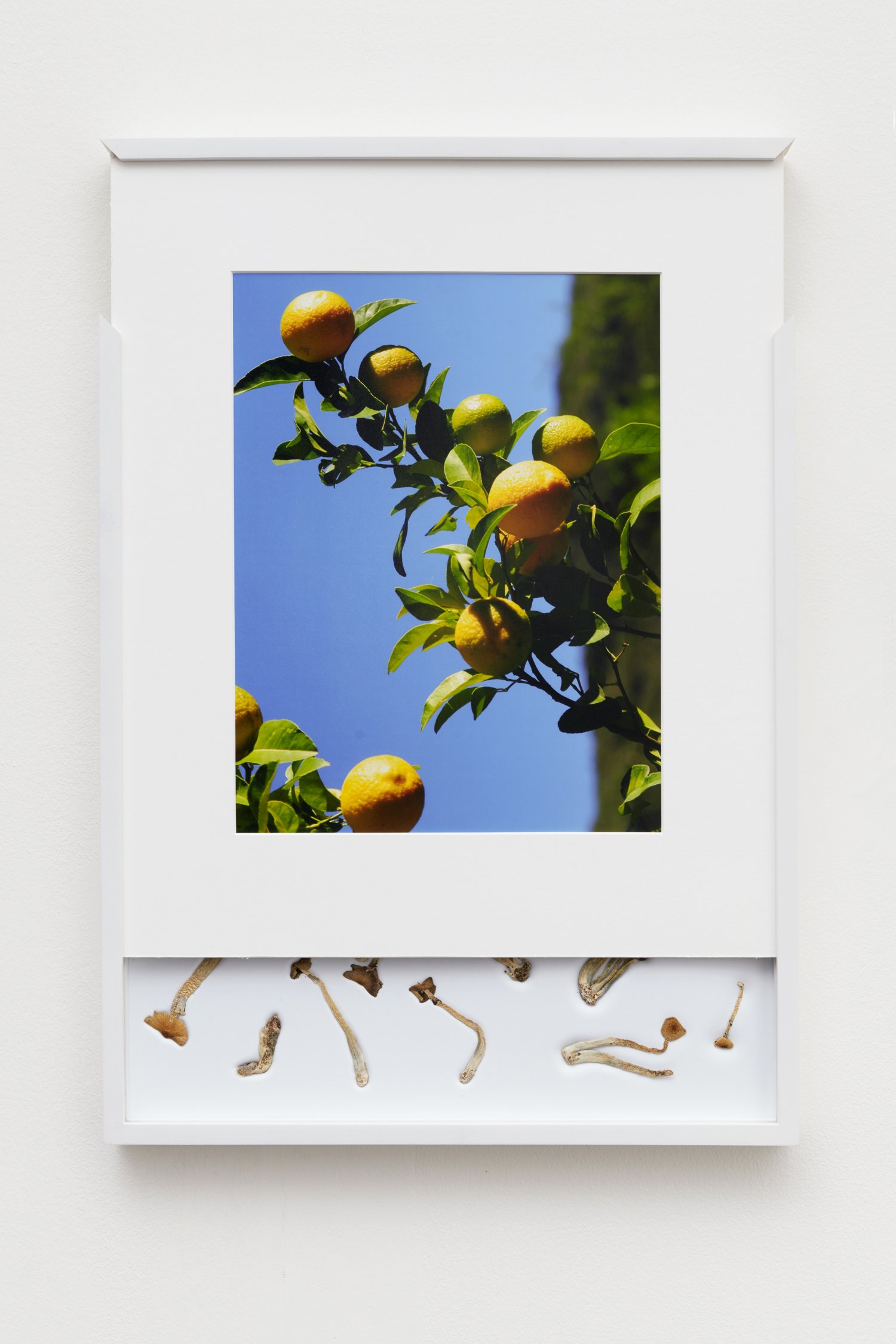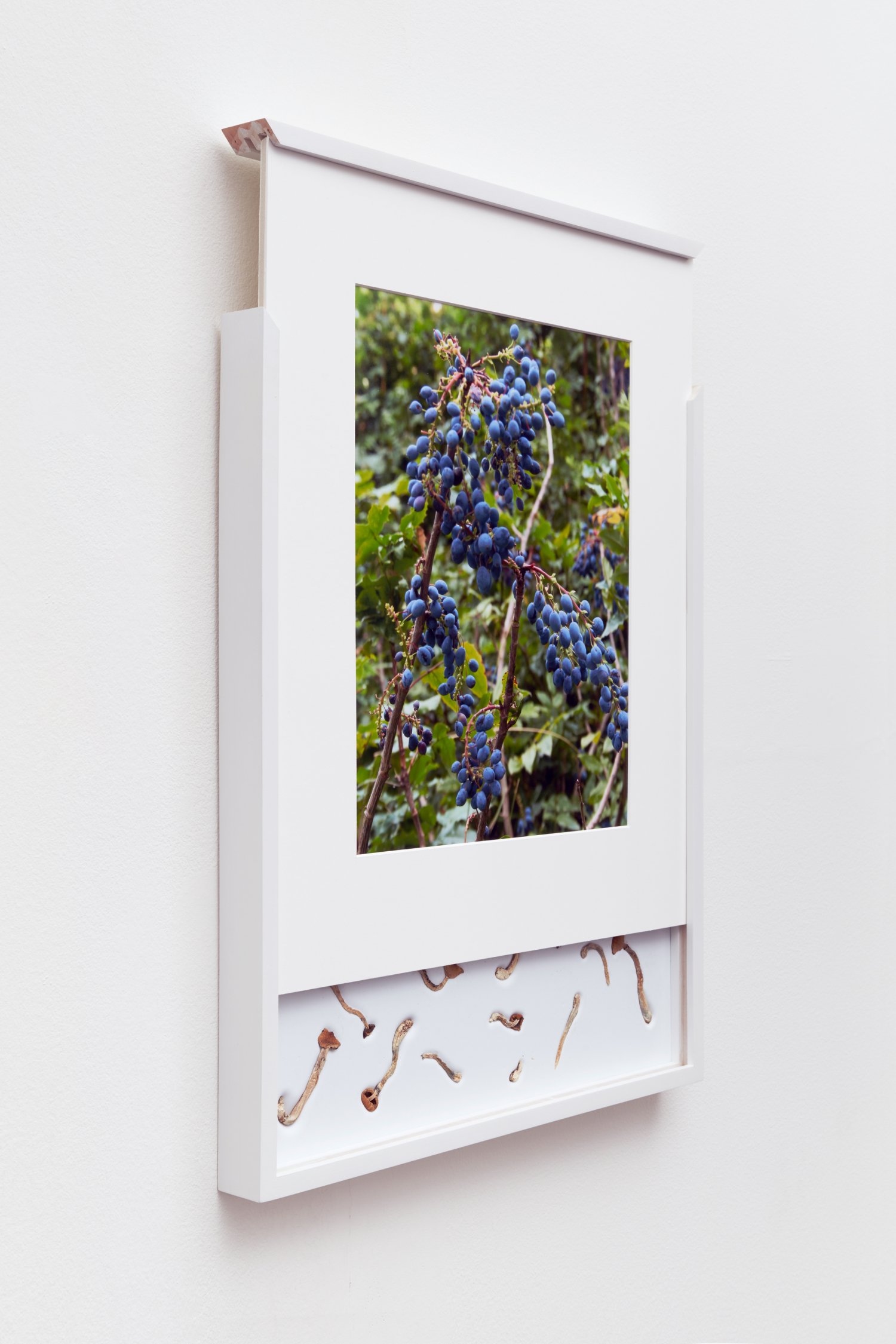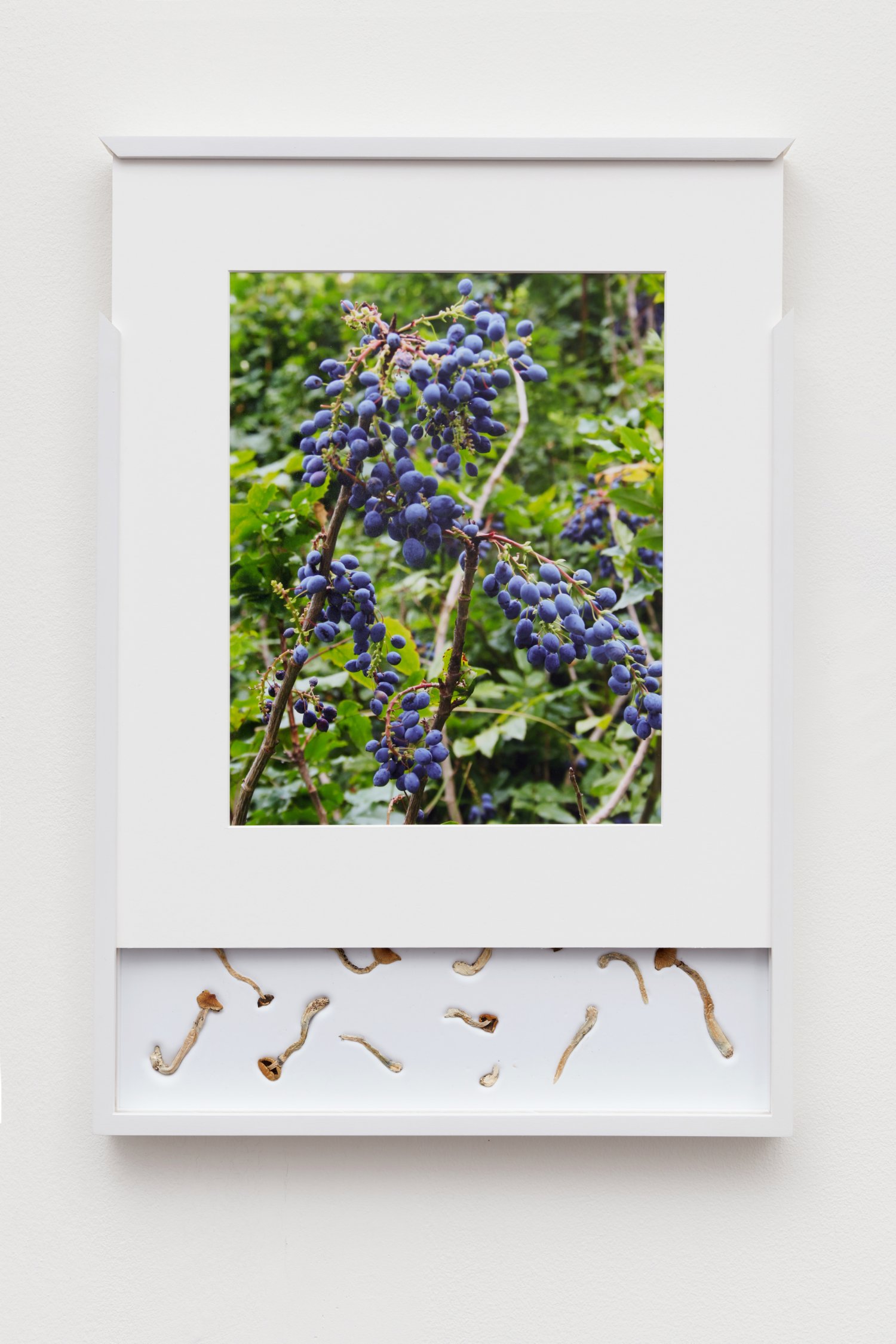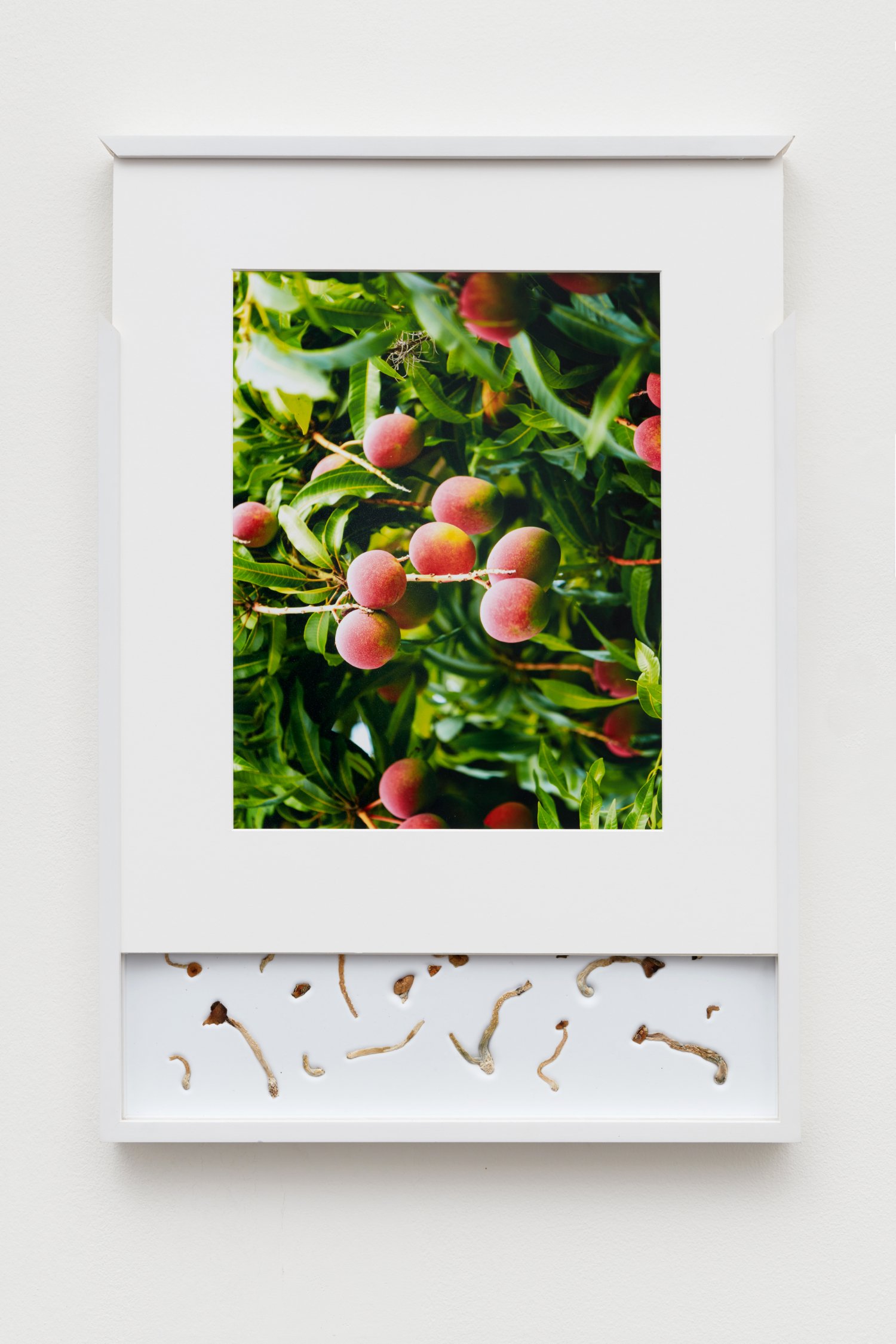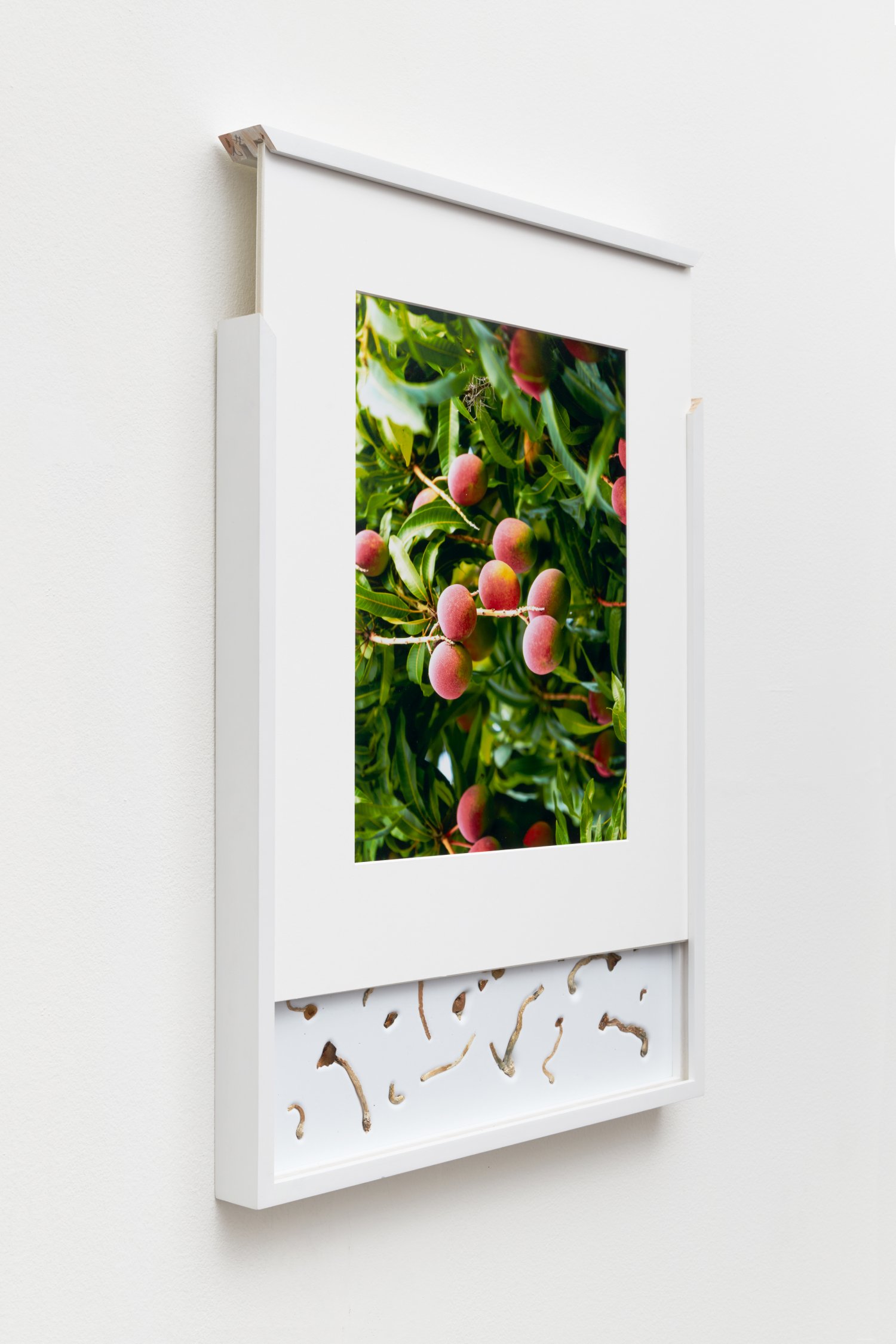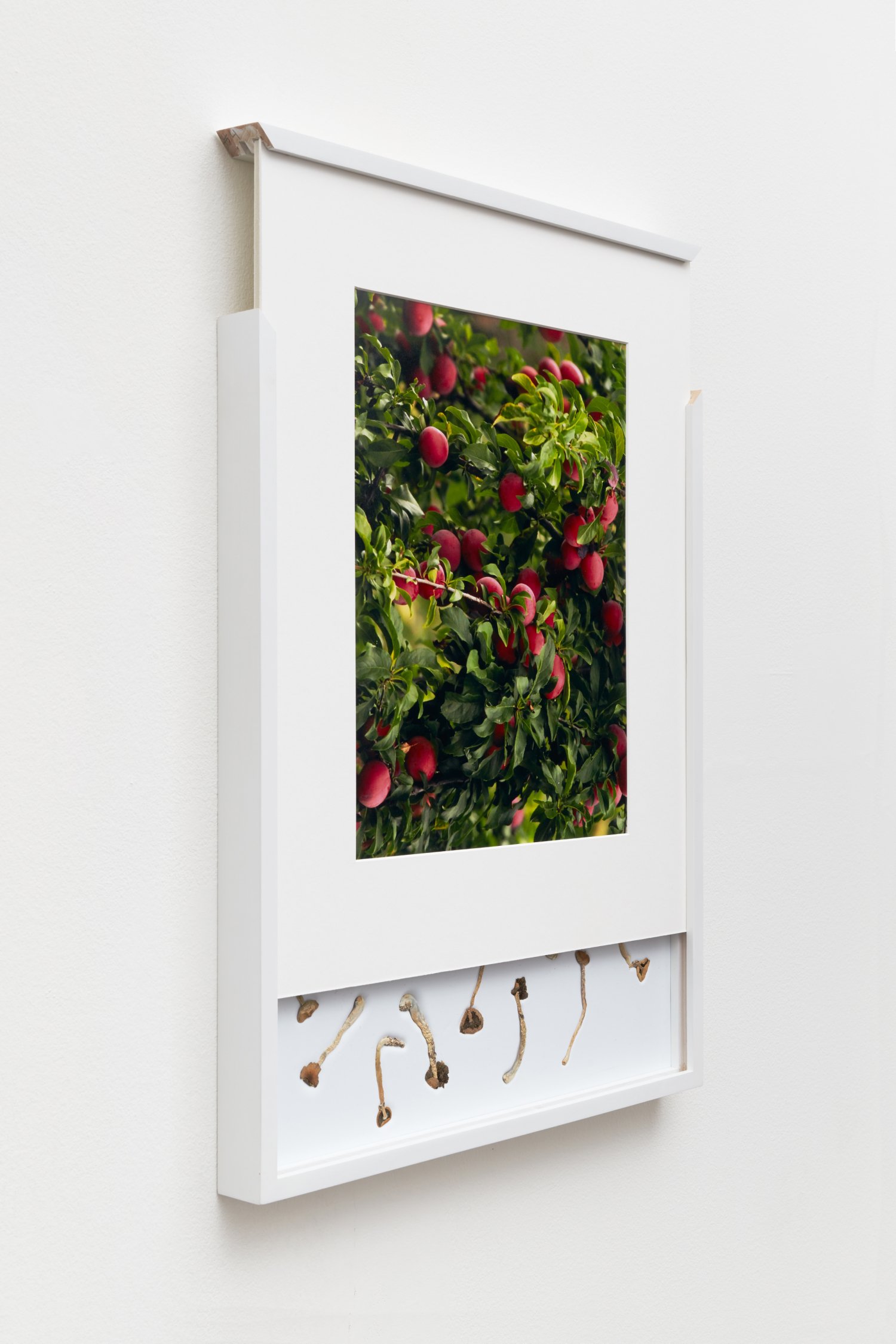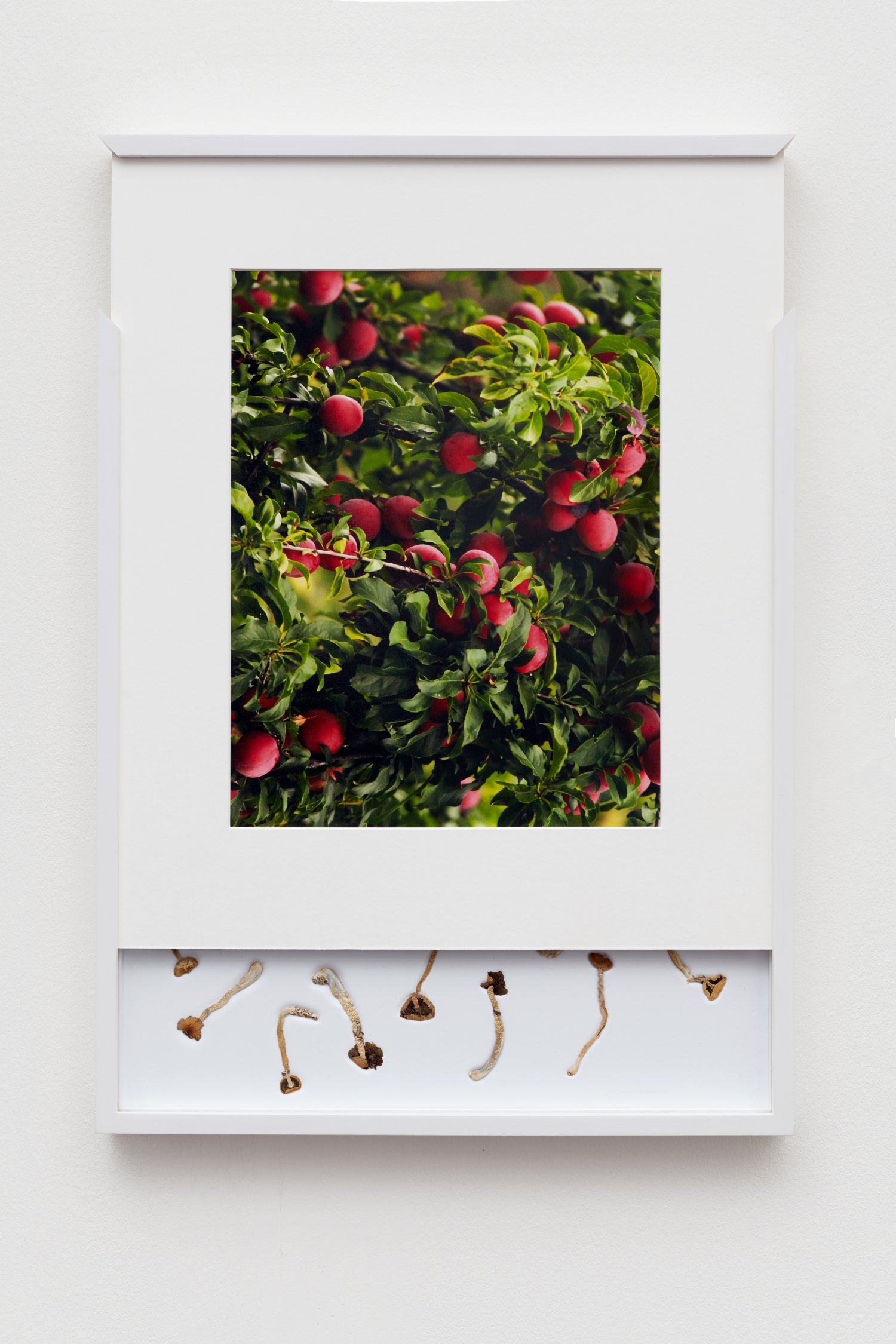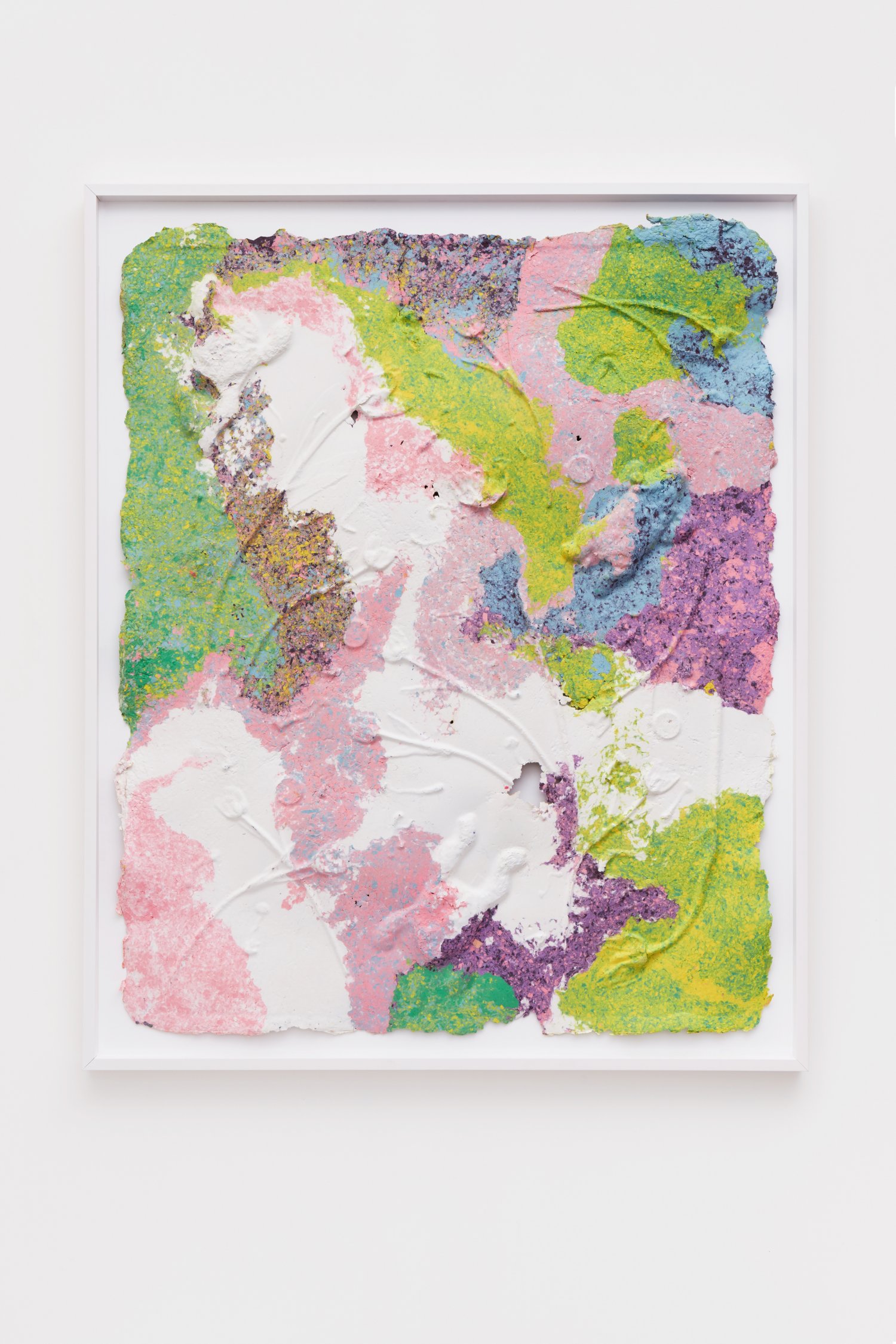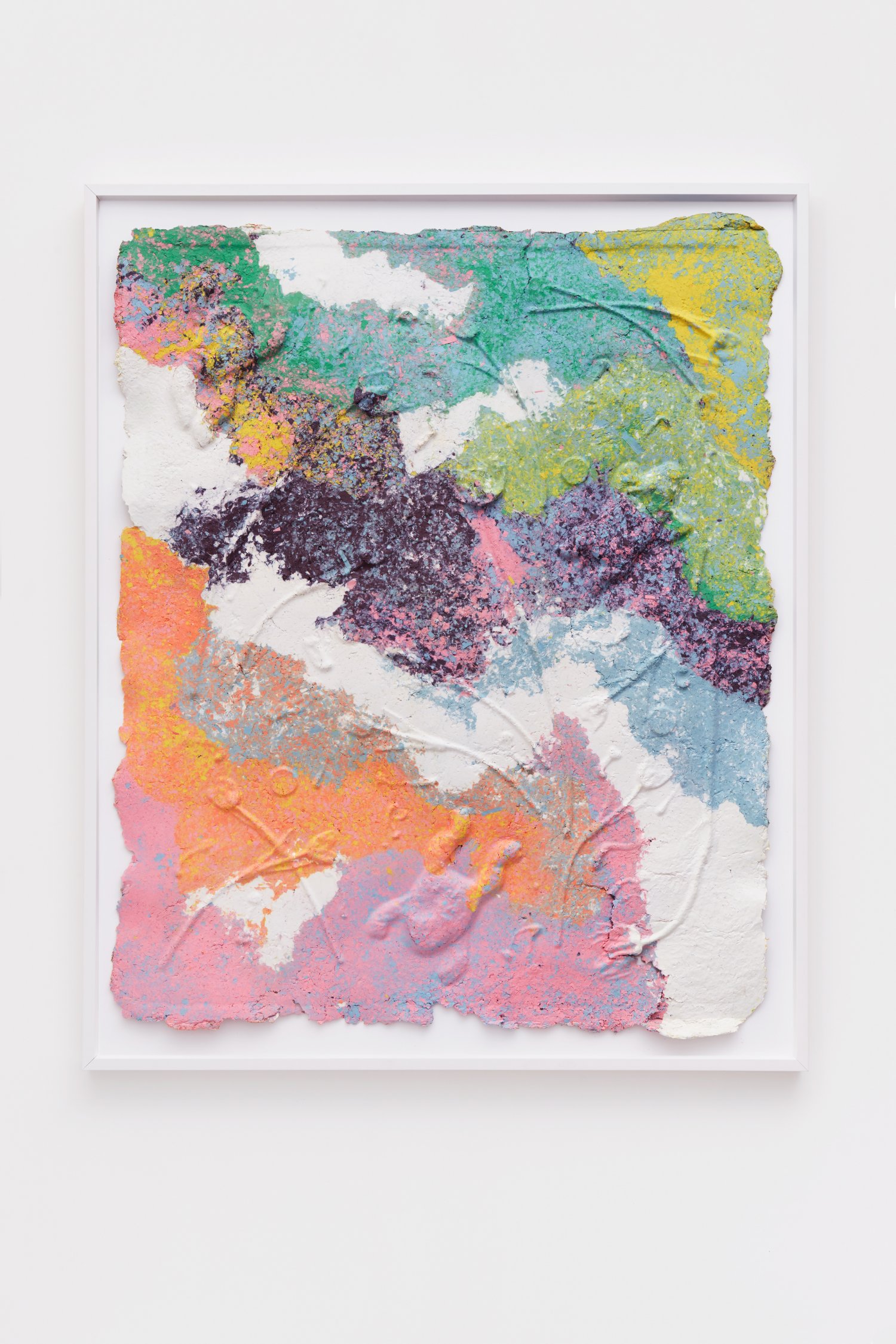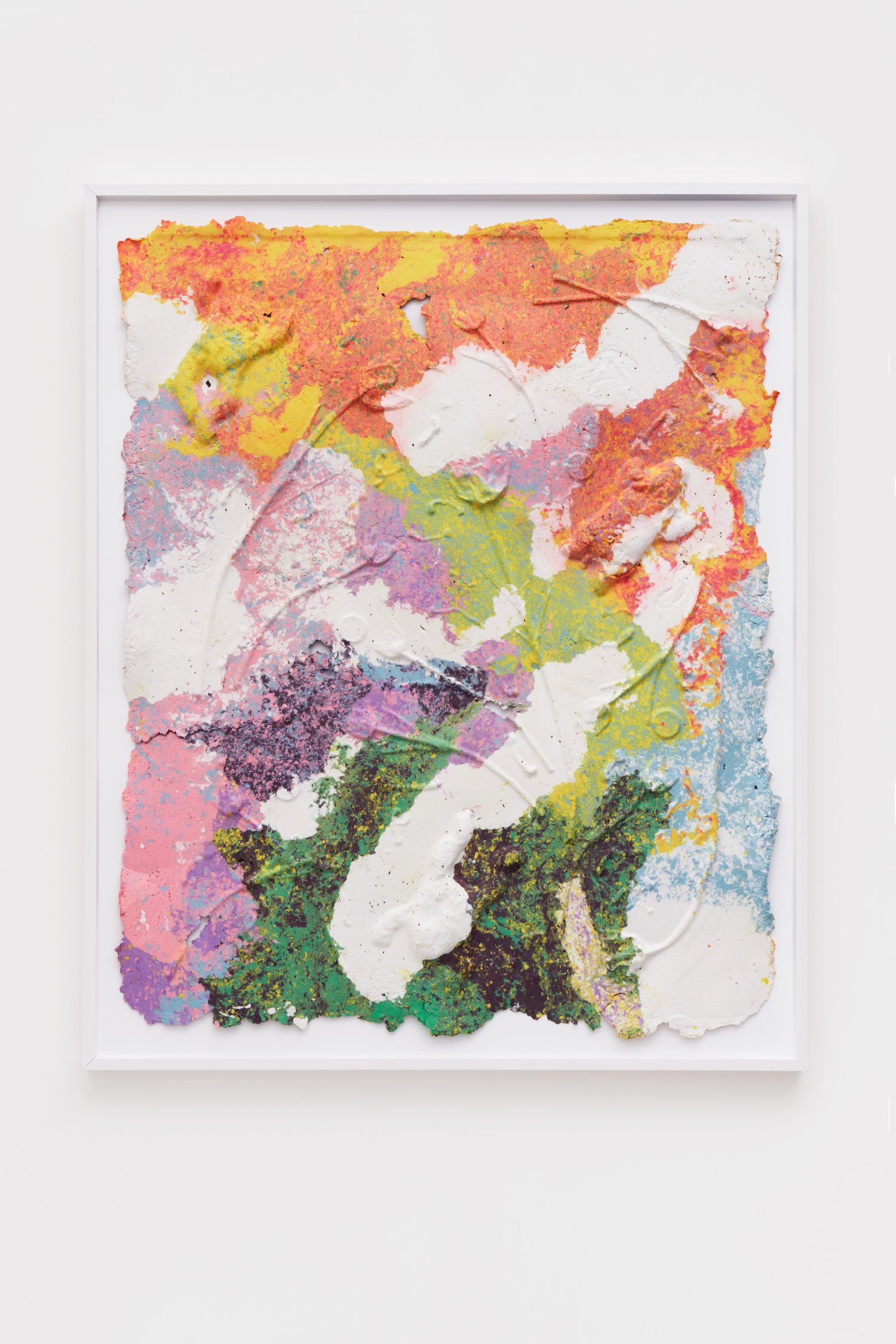Brad Troemel transmits a tangible social energy, emanating positivity and enthusiasm for what he does. I’d heard lots about him before we met in the kitchen of the Lower East Side gallery Feuer/Mesler, where he is represented. At a distance, the self-coined “aesthetic athleticism” of the artist — who opens Freecaching at New York’s Tomorrow Gallery on November 3 — feels too fast-paced for me. [Aesthetic athletics, in brief: amplified production speed → quantity; THUS more followers → more art; THUS quantity > quality] His persona seems to outweigh his work, and I come in wanting to know what, exactly, is the catch.
Troemel, who is as much a theorist/writer as he is an artist, is perhaps best known for his Tumblr site The Jogging, which started in 2008/2009 as a collaboration with Lauren Christiansen. The project emerged, at least in part, with an over abundance of art-project refuse in a Chicago-based gallery that Troemel was managing, and an underabundance of visibility. Throwing together sculptural work, and then photographing it for the Tumblr allowed him to harness the conventions of visibility that the gallery offered, while still affording for regular experimentation. The result was a wildly popular phenomenon that attracted art worlders and non-art worlders alike, and which at its peak garnered 80,000 reactions (mostly isolated ‘likes’) per week.
When we first sit down, his eyes dart back and forth nervously. We both admit that neither of us are terribly comfortable doing in-person interviews. “‘More opportunities to mess up,” he says. Yet, as we get into talking, this stiltedness immediately washes away. Troemel is able to fluidly articulate his mind, which seems to operate without cease. Even in casual conversation, it is clear that the artist is relentlessly revising, devising and formulating new expression, new modes of production, and new forms in which to house them. Even as he recounts stories from his own past, they are articulated in such a way to make them feel present, relevant, active. It is no surprise that Troemel also espouses a deep urgency for sharing his work on a constant basis, with as many people as he can, and not just in gallery settings.

In a practice that includes his more recent UV Production House project with collaborator Joshua Citarella — where digital composites of pre-existing products are exhibited, then sold with material kits and assembly instructions through e-commerce site Etsy — there is no doubt Troemel is doing what he sees as his job, earnestly, honestly. He may even be doing a good job, seeing as he refuses to cheek-suck and is still represented. He is transparent about his process, constantly revising, and asking for open opinions. An insider-outsider, he is continually participating within a working system, and reworking it to be more effective, efficient, and intelligent. I wonder how it is that people take what he does at face value, especially when he’s relying so heavily on endlessly affirmative social media platforms such as Instagram to garner visibility and new solutions for his work.
Do you think social media and this culture of affirmation has any potentially negative effects on art?
BT: Absolutely. I should say that the way that I use it is a little bit different. If you’re putting out significantly more content than you’d otherwise have the ability to produce through a brick and mortar space, then you’re playing to the native advantages of a social media network in a different way than if you’re just re-blogging content that already maintains visibility in physical space. That also means that the way I’m approaching that affirmation is more in a kind of beta-testing manner. These aren’t finished products, these aren’t things that are already being shown. So what I’m in some ways doing is polling. I’m able to do target demographic testing. I’m able to see what people like, what people don’t like, what people comment in advance on or what they find problematic, or whatever else.
So a lot of your work ends up generating value based on interest sourced from your internet following. I know that value has factored into your work with UV Production House. Can you speak a bit as to how that started?
BT: UV is an Etsy store Josh Citarella and I started late last year. I started working with the idea of different types of valuation systems for materials, including bitcoins and things like that into the work. Eventually this work went to a gallery. They sold all the pieces. And then what ended it happening was — this is when the bitcoin was trading at $250 US — it went up exponentially and hit this peak two months later where it went up to $1,250 for a bitcoin. So now all of a sudden this group of pieces, there were about five of them that I sold for $4,500 total, were now worth about $35,000 at face value. Obviously I was really frustrated about that for a bit, but then I realized it illuminated a problem that I was already interested in, which was how do you go about evaluating a work of art? And this created a really direct example where the materials that the work contained had vastly outpaced the cultural capital value of the art price itself. This vacuum-sealing process created a one-way road where if you wanted to cut the bag open you could, and take it out, but then you can’t go back where you came.
How then does this influence production?
BT: This Etsy store came from trying to think about how we can go about producing a maximally efficient amount of art, as well as possible, without putting ourselves in debt, or engaging in a kind of indebtedness in terms of the fabrication of our own work.
Typically the process where you have to front the production cost of your own work is blatantly prohibitive because you have to take a chance with no guarantee of any type of return, or it might not even be that that thing is the sellable thing.

So the idea is to level the playing field a bit for more experimental work.
BT: Exactly. What we’re trying to do is create a production process that allows us to effectively take risk without going into debt. And our solution for that is to make composites, is to offer potentials to people and then allow the market to decide of those potentials, what it is that they want to engage with, what it is that they want to own or identify with. In that way we have no storage. That’s another big thing for artists: where do you put all this stuff? Especially when it doesn’t sell. Do you have a studio? Does the amount of stuff that you have in your studio prohibit you from making new stuff because now you’ve got half the size of the studio as you had before?
We don’t have any storage. We don’t need to spend time making them physically. All we need to do is spend enough time trying to conceptualize and then digitally composite the projects so that we have more time to make more things in that fashion rather than getting mired in the fabrication details. So it’s a store that, like I said, is about trying to create a different production process — one that is more advantageous for artists to work through so that we don’t have to go into debt in order to make new work consistently.
Right. So you’re also outsourcing the labor to the person who buys it, right? Because then they end up making it.
BT: Yep. So we provide them with instructions and a COA. And we encourage people, if they want to fabricate it that’s great and that’s in many ways the obvious intention of what it is that we’re trying to set up. And then, alternately, if people don’t want to fabricate it, if they want to maintain it in what we call ‘mint condition’, they can keep the Amazon Prime boxes, and eBay and Alibaba, and display the boxes unto themselves and put that on a shelf or a hanging mechanism, or whatever they want to do. The boxes are also equally valuable. Those are both perfectly viable ways of approaching being a UV collector.
I’m wondering how you first got into this interest in productivity and process. Because it seems to be a driving conceptual force in your work.
BT: Yeah. I think that would have to go back to Jogging. Jogging was started from two realizations that I’d made based on a kind of frustration that I had. .. I would drive around collecting hundreds of images of these cul-de-sac signs.
There was a lot of work that would go into that, and I made a bunch of these grids. You have all these pictures on Facebook or MySpace, or whatever I was using back then and all this work became this tiny thing that became just as large as any other thing on social media that took vastly less time, less labor went into making: a lunch choice, or a kid, or a dog, or a cat or whatever. And I saw a discrepancy there in the amount of time versus the amount of visibility that it was receiving. So I realized from that that I would need to consider making at a similar rate as the other content was coming out or filtering through types of networks of visibility that I was engaging, that I wouldn’t be able to have an asymmetrical relationship with that. I would need to work symmetrically with it.
So it had more to do with temporal limits?
BT: Yeah.

I was hoping you would say, “Oh, my dad worked in a factory…”
[Laughs]
But that makes sense.
BT: No, I was a wrestler when I was a kid. So I was a wrestler my whole life before I went to art school and it’s maybe to that point… Wrestling is like, you just do it, and do it, and do it, and it’s the most breathtakingly painful, pounding high school sport you can do. And the conditioning and everything is just terrible. And then your moment of glory is being a mid-pubescent child in a singlet, and your junk’s hanging out, and then maybe you get beat down by some other guy in front of your crush, or something like that. So it’s almost like you work the hardest for the smallest moments of glory. And you do it every day, right? You never stop. It’s year round, it invades every aspect of your being. It’s your diet, it’s how much water you’re able to drink, it’s your sleep schedule. You have to work out in the morning but then you also have to practice at night… It’s just constant. So it attunes you toward keeping on doing something, like bashing your head against the wall, consistently for the smallest opportunity of success or redemption or something.
You once said “we’re presently in a moment of artists without art.” I just wanted to know where you viewed yourself in that spectrum.
BT: That was probably informed by my lack of patience for the posturing associated with going to art school and the amount of social politicking that occurs, and absence of any meaningful production of art. I think of Instagram as a tool for dissemination, but ultimately I know that even the majority of my time is spent ingesting information and scanning information and finding patterns; that I’m doing more surveillance than production. These tools, these social media networks, necessitate that we have an asymmetrical relation to the amount of stuff that we ingest versus the amount of stuff that we produce. They want you to produce more, so it is a frustration for YouTube that less than one per cent of active YouTube users upload YouTube videos, and they try to change that. Of course, the thing is that it’s advantageous as a company to have more and more original content on their network. But I suppose I’m just talking about the fact that we all end up watching each other more, both in terms of our personal lives and our artistic ones, more so than we end up making anything. These are tools for viewing, not tools for making.
There’s all this uproar about the NSA and that kind of surveillance being such a breach of our rights in a lot of ways, but in a way we’re active participants, surveilling each other perpetually. We’re not only producing the content for them to use to their own advantages, whether ‘they’ are a corporation, or the US government, or anti-terrorist organizations, but ultimately we are them too.
BT: Yeah, big time. I think I’ve definitely come to an acceptance of my role as a surveiller. If I am trying to use this to do target demographic research then the demographic that I’m most interested in are the people who are already responding to my content. What I’ve started doing is following every single person who likes any of my Instagram posts. If you like it, I’m going to follow you, so I’m following about 6,000 people. My friends kind of make fun of me about it but I don’t view the act of following someone on there as an affirmation of them. A lot of people will be like, “I only follow like a hundred people because those people are my friends and I know this person and sometimes I check their account, but I don’t follow them because I don’t want them to know that I’m following them.” it’s very hands-on and it allows me to be hands-off in terms of who or what I’m surveilling because now it’s just kind of like all of the above. I’m able to have the widest swath of relevant information to me as possible. I’m trying to figure out, ‘who is my audience?’**
